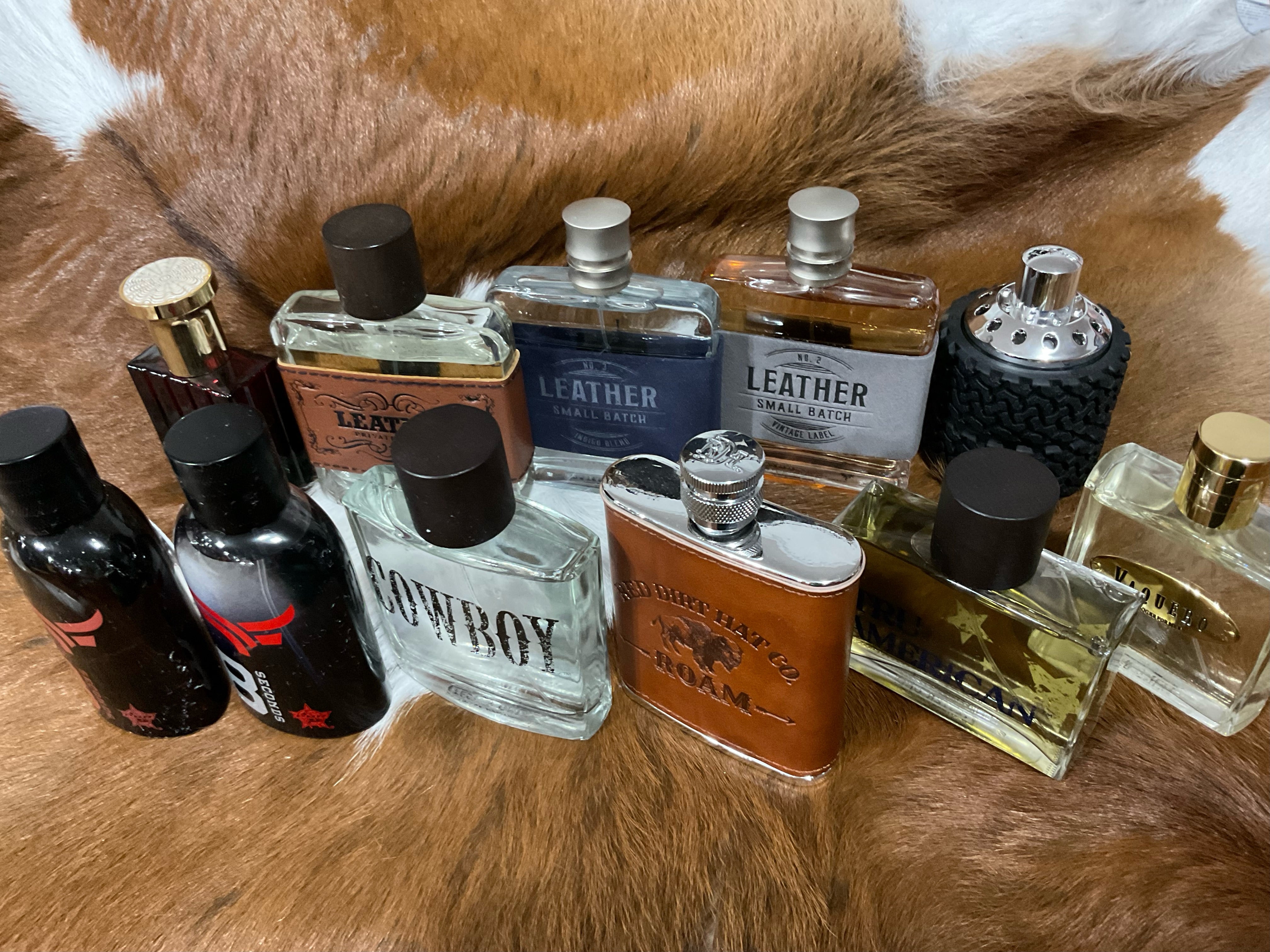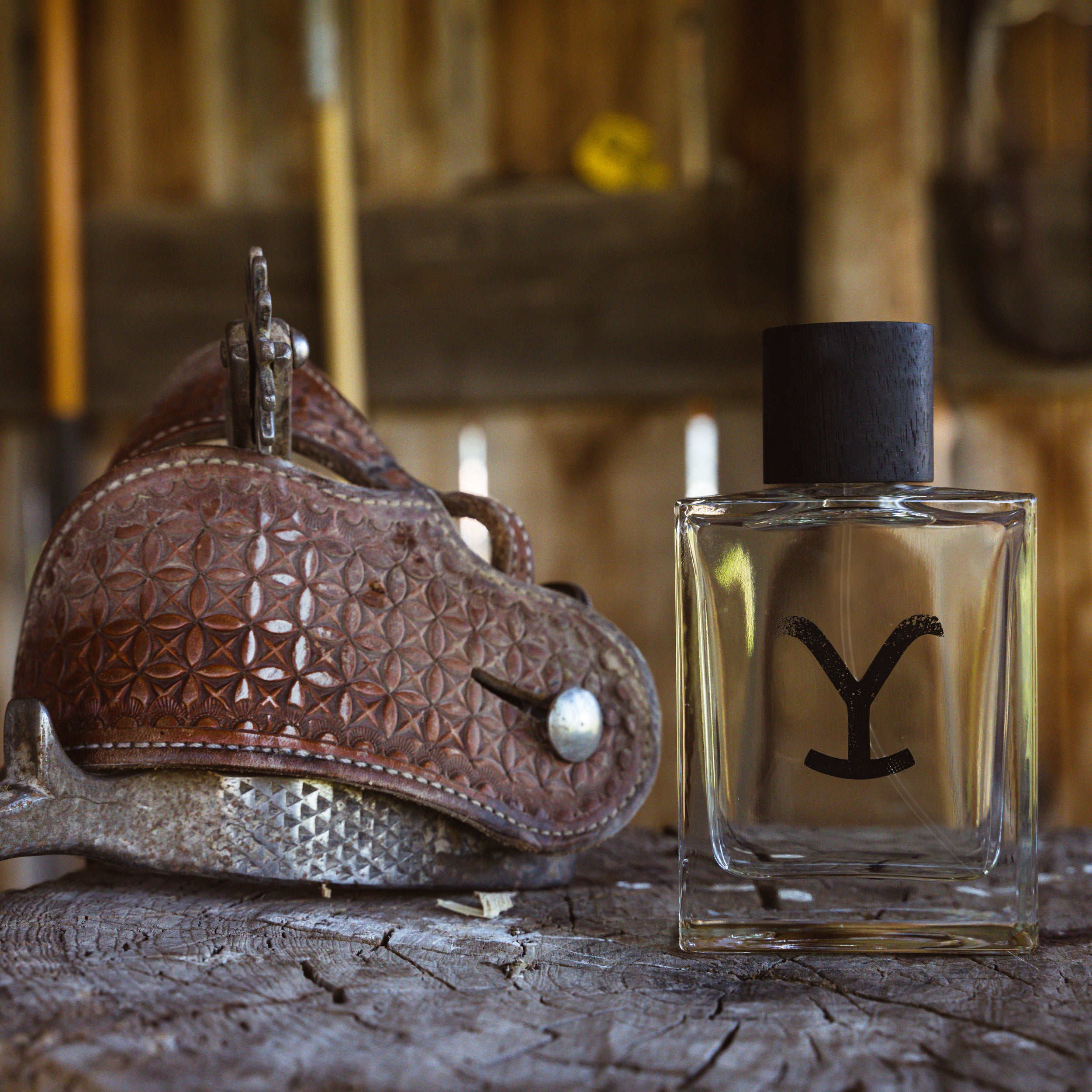Traditional Perfumes That Have Stood the Test of Time
Traditional Perfumes That Have Stood the Test of Time
Blog Article
From Timeless to Modern: A Journey Through the Advancement of Perfumes and Fragrance Trends
As we stand at the limit of perfumery's abundant background, the journey from classic to modern-day scents bids us to witness the intricate tapestry of fragrances woven via time. The advancement of perfumes and fragrance patterns mirrors the ever-changing landscape of societal norms, imaginative movements, and technological improvements.
Historical Roots of Perfumery
The historic roots of perfumery can be traced back to ancient civilizations such as Egypt, Mesopotamia, and China, where fragrant oils and incense were used for religious events, rituals, and individual adornment. In old Egypt, fragrances held considerable cultural and spiritual significance, with scents like incense, cedarwood, and incense being commonly utilized. The Egyptians also created advanced methods for extracting essential oils from plants and flowers, laying the structure for modern perfumery.
Similarly, Mesopotamians made use of perfumes in religious events committed to their divine beings. The well-known Epic of Gilgamesh, one of the earliest enduring works of literary works, also states the significance of perfumery. In China, fragrant products were utilized in different kinds, consisting of incense, sachets, and in showering routines. The Chinese additionally developed innovative approaches for blending fragrances, which later affected perfumery techniques in other components of the world.
These ancient civilizations not just valued the pleasant fragrances however additionally identified the symbolic and spiritual significance of fragrances, paving the means for the advancement of perfumery via the ages.

Development of Standard Fragrances
Having developed an abundant historic structure rooted in old civilizations, the evolution of traditional scents showcases the enduring influence and innovation that have actually defined perfumery with time. Classic scents, such as Chanel No. 5, Shalimar by Guerlain, and Delight by Jean Patou, have actually stood the test of time by fascinating generations with their ageless aromas. These renowned fragrances usually include an unified mix of leading, center, and base notes, producing intricate olfactory experiences that evoke fond memories and class.
The development of timeless fragrances is noted by an equilibrium in between practice and modernity. While these ageless fragrances keep their original significance, perfumers consistently adjust to altering preferences by incorporating modern spins. Timeless scents have motivated many modern developments, working as a structure for the growth of brand-new scent profiles and combinations.
In today's market, classic fragrances remain popular amongst consumers that appreciate the sophistication and elegance connected with these iconic fragrances. As perfumery continues to advance, timeless fragrances work as a pointer of the sustaining appeal and virtuosity that define the world of fragrances.
:max_bytes(150000):strip_icc()/ins-best-colognes-for-men-tout-badge-3fc587537142449f96a08e344ecd342e.jpg)
Influence of Modern Innovations
A significant change in the scent market has actually been pushed by the integration of modern developments, improving the landscape of perfumery with advanced strategies and components. Developments in biotechnology have actually enabled for the creation of synthetic versions of natural scents, supplying perfumers with a wider series of alternatives to function with. Molecular distillation techniques have actually made it possible for the removal of purer and more concentrated significances, leading to the advancement of longer-lasting scents.
Furthermore, using expert system and device recommended you read understanding formulas has revolutionized the process of scent development by assessing customer choices and market fads to anticipate the next prominent fragrance notes. This data-driven method has actually aided perfumers customize their creations to meet the evolving needs of the market. Additionally, lasting techniques have actually become a vital focus in modern perfumery, with a growing focus on environment-friendly sourcing, production, and product packaging. By incorporating these contemporary innovations, perfumers are not just pushing the borders of creative thinking but likewise straightening with the worths of today's mindful consumers.
Moving Fads in Fragrance Industry
Amidst the dynamic landscape of the fragrance industry, discernible changes in customer choices and market dynamics are forming the trajectory of perfumery trends. One remarkable pattern is the increasing need for sustainable and environment-friendly fragrances. Customers are ending up being more environmentally mindful, leading to a preference for fragrances made from all-natural active ingredients and sustainable manufacturing techniques.
Furthermore, there is a growing passion in gender-neutral and unisex fragrances as typical gender norms continue to blur. Brand names are significantly concentrating on creating scents that interest a varied variety of preferences and you can check here identities, showing the advancing societal attitudes towards sex and uniqueness.
In regards to scent accounts, tidy and fresh fragrances are acquiring popularity, matching the contemporary choice for minimalism and simpleness. On the other hand, complicated and exotic fragrances influenced by various cultures and areas are also making a mark in the industry, providing to customers seeking immersive and special olfactory experiences.
Checking Out Olfactory Experiences Today
In the world of modern perfumery, the exploration of olfactory experiences today explores a diverse tapestry of aromas that astound the detects with technology and virtuosity. Modern perfumers are pushing boundaries by integrating unconventional notes and unique combinations to develop olfactory work of arts that appeal to a vast array of preferences.
One noticeable fad in current olfactory experiences is the increase of particular niche fragrances. These specialized aromas cater to people looking for distinct and special fragrances that establish them in addition to mainstream offerings. Particular niche fragrances commonly concentrate on top quality active ingredients and craftsmanship, providing users with a sense of high-end and individuality.
Additionally, sustainability and eco-consciousness have ended up being essential to modern olfactory experiences. Fragrance homes are increasingly prioritizing eco-friendly methods, from sourcing ingredients ethically to using recyclable packaging - perfumes. Consumers are drawn to scents that not only smell splendid but likewise straighten with their values of sustainability and obligation
Conclusion

As we stand at the threshold of perfumery's abundant history, the journey from timeless to modern-day Continued scents beckons us to witness the complex tapestry of aromas woven via time. Timeless fragrances, such as Chanel No (perfumes). 5, Shalimar by Guerlain, and Pleasure by Jean Patou, have actually stood the test of time by fascinating generations with their timeless scents. Classic scents have actually influenced countless contemporary developments, serving as a foundation for the development of brand-new scent profiles and mixes
Furthermore, the use of man-made knowledge and maker knowing formulas has transformed the procedure of scent development by analyzing consumer preferences and market fads to forecast the next popular scent notes. As fads change and brand-new aromas emerge, the trip through the development of perfumes provides a look into the dynamic nature of the scent industry and the long-lasting charm of scent exploration.
Report this page